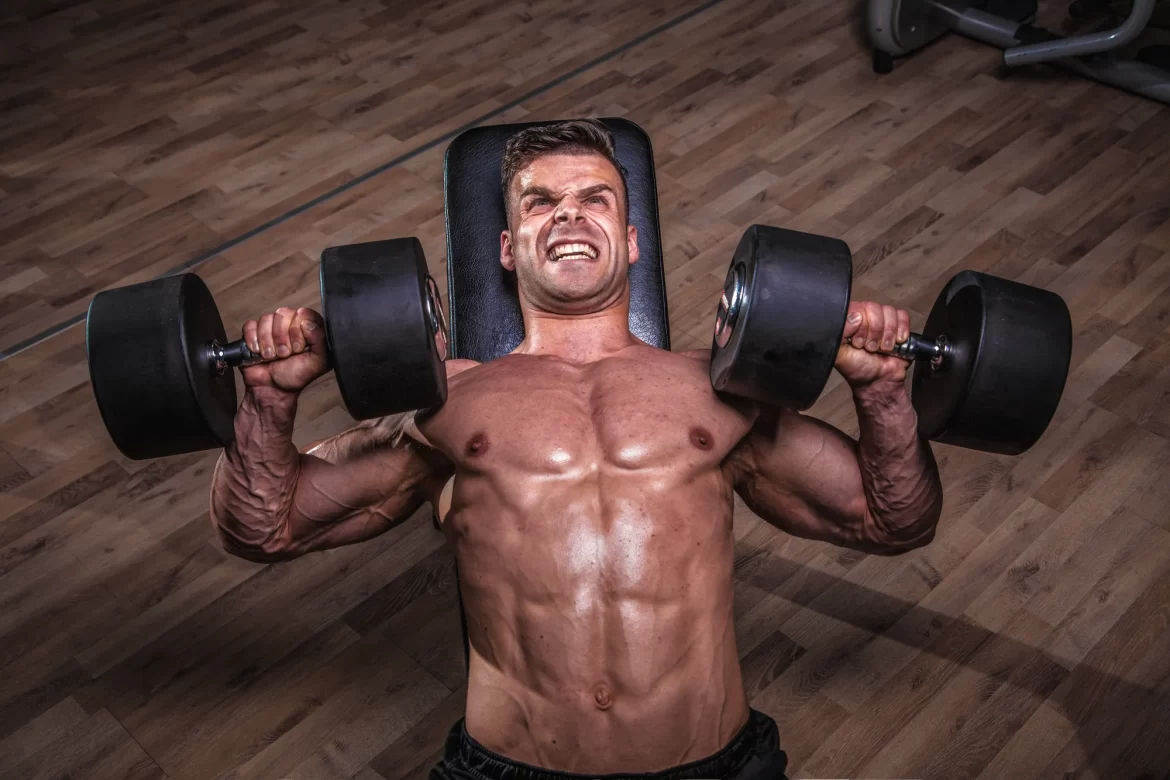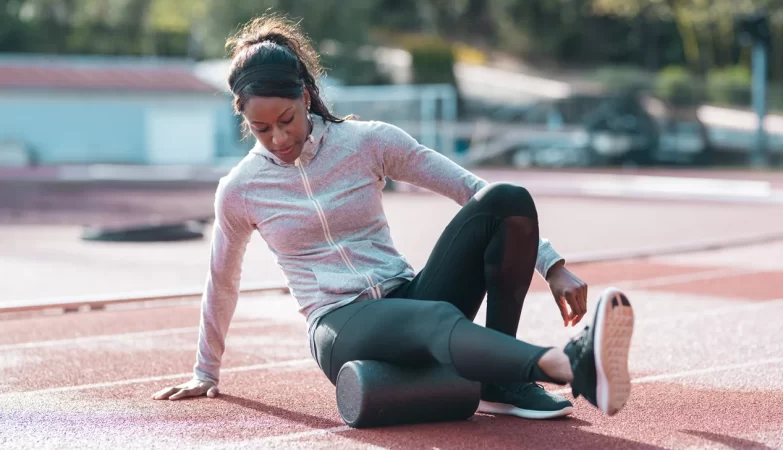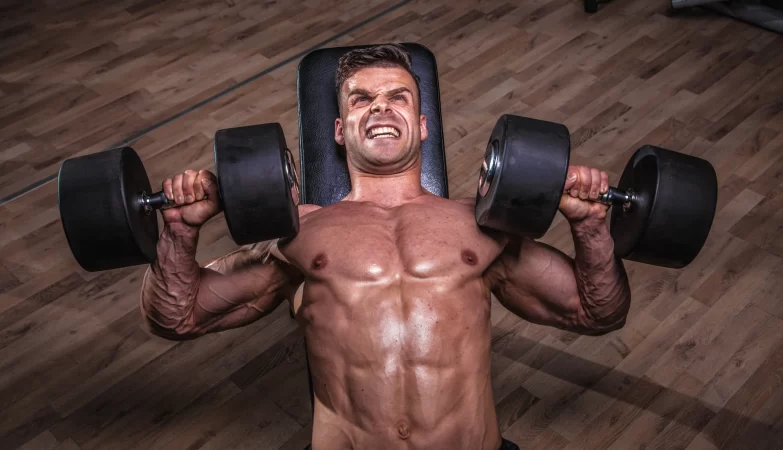As a novice gym-goer, the gym may seem intimidating at first. Between complicated exercise equipment, intimidating bodybuilders and Lululemon everywhere – you may feel overwhelmed!
Instead of working multiple muscle groups and smaller stabiliser muscles simultaneously with free weights, machines focus solely on one area to help you develop faster strength gains. Here are five to consider.
1. Chest Press
The chest press exercise is an iconic strength-training move that targets not only pectoral muscles but also anterior deltoids of shoulders and triceps brachii of upper arm muscles. It is an efficient and effective means of increasing upper body strength and muscle mass while simultaneously improving posture and maintaining equilibrium.
Chest press exercises can be performed using either dumbbells or barbells in various positions – including on a flat bench, an incline bench and even in decline – providing variety in workouts to prevent routine boredom while encouraging continual progress and growth.
Care should be taken not to arch your back or lock your elbows during lifting, as doing so could result in shoulder injuries. Advanced lifters working with heavy weights should use a spotter as additional safety measure.
2. Lat Pull-down
The lat pull-down is an indispensable exercise that’s beneficial at virtually every training level. It strengthens the latissimus dorsi, or “lats,” the broad muscles in your back, while supporting good posture by stabilizing shoulders and spines.
Lat pull-downs can also help stimulate deltoids and rhomboids while providing an isolating movement to build wider shoulders. Common mistakes to avoid while performing lat pull-downs include using too much weight (which could impede proper form and range of motion) or leaning too far back, both of which reduce tension on muscles that produce lat pull-downs.
To perform a lat pull-down, start by grasping the bar with an overhand grip slightly wider than shoulder width and seating yourself on the machine; place your thighs under leg anchoring pads as you pull down on it towards your chest until its lever reaches your collarbone.
3. Leg Press
Leg presses help develop and strengthen quadriceps (front thigh muscles) and gluteus maximus (butt). Furthermore, leg presses shape your thighs while improving physical appearance of legs as they also strengthen hamstring and calf muscles.
Leg presses can help reduce the risk of lower-back injuries and knee issues by moving weight away from your body and relieving the pressure placed upon them.
To perform the exercise, sit in the seat with your back flat against the backrest and feet shoulder-width apart on the resistance plate. Gently grasp any available handles to help stabilize your upper extremity and contract (“brace”) abdominal muscles to provide spine stabilization. Push away from your body until knees bend slightly – don’t lock them! This puts unnecessary strain on knees and cuts off circulation to legs.
4. Tricep Dips
Dips are one of the best bodyweight exercises for strengthening shoulders and arms while strengthening your core. Many people can perform them at home without needing special equipment; doing them targets many muscles in your chest and triceps area.
Exercise by grasping parallel bars or rings with extended arms. Lean forward while bracing your core and slowly lower yourself until your shoulders fall below your elbows before returning back up to the starting position.
Tricep dips can help you press more weight in bench presses by increasing shoulder stability and strength, as well as being an effective means of burning calories as the more energy required to perform them, the more calories will be burned off by your body.
5. Shoulder Press
The shoulder press is an upper-body exercise designed to increase overhead strength, strengthening deltoids, trapezoids and triceps while simultaneously improving posture and decreasing risk for osteoporosis.
Athleticians strive to develop larger, stronger shoulders for aesthetic reasons and athletic performance enhancement. A seated shoulder press machine can help achieve this objective as its fixed path allows users to target specific muscles without jeopardizing form or safety.
Slightly grasp the handles and raise them slowly up to shoulder height while not locking out your elbows. Pause at the top, contract your shoulders, then slowly return back down. A slight variation in seat angle may help highlight specific parts of your deltoids: anterior (front), medial (middle), or posterior (back). Be sure that your back stays pressed against the seat to maintain stability.









